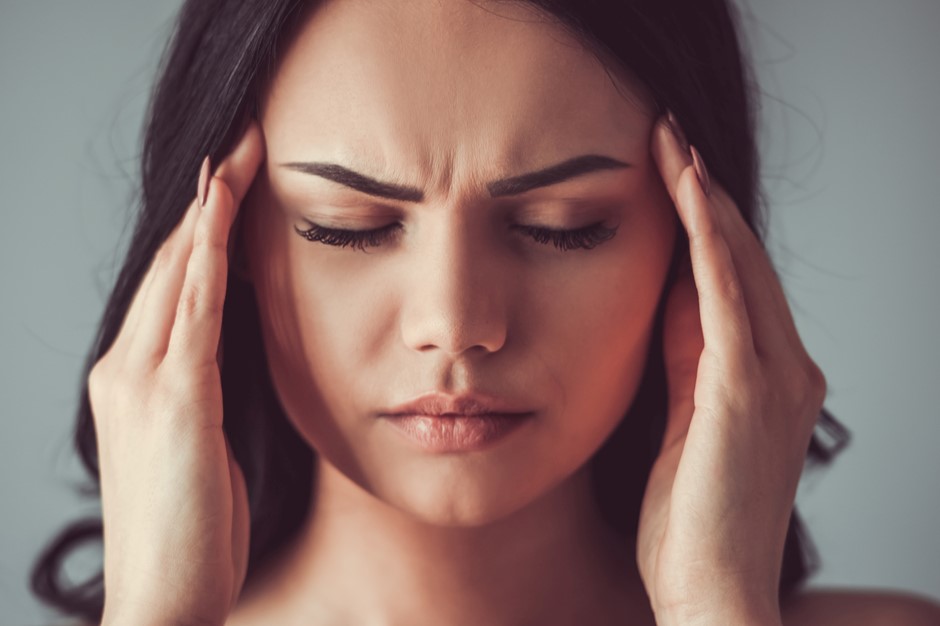
Why do my temples ache?
Pain in the temples is a symptom often associated with headache, but the triggering factors can be different
Stiffness in the temples is one of the many symptoms associated with headache, commonly known as a headache, which affects 95% of the population at least once in a lifetime.
Causes of pain in the temples
Understanding that temple pain is one of the most common symptoms associated with headache, it can also be due to
- neck disorders, the most common of which is cervicalgia;
- problems with mouth occlusion;
- trauma.
Where the headaches are located in the temples
Depending on the type of headache (primary and secondary), pathology or disorder, temple twinges are located in certain parts of the head.
Let’s look at some examples:
- tension headache: the pain, starting from the back of the skull, spreads throughout the head, involving both temples;
- migraine: generally, the twinges affect only one side of the head, mainly localised in the frontal part, above the eye, close to the temple;
- cluster headache: also in this case, the pain almost always affects only one side of the head;
- cervicalgia: starting in the upper neck area, which is stiff and tense, the pain spreads to the occipital and fronto-temporal part of the head, to the sides of the skull, often only to the right or left temple.
Typically, pain localised to the left or right temple is associated with:
- migraine;
- trigeminal neuralgia;
- cluster headache;
- head trauma;
- sprains and contractures.
What to do in the case of frequent twinges in the temples
First of all, it is good for the patient to note the duration, location, particularly whether left or right temple twinge, and frequency of the attacks.
Having understood the origin, severity and nature of the pain, the specialist determines the appropriate therapy, often pharmacological in nature.
Especially in the case of constant temple pain, the tests indicated are:
- radiography;
- blood tests;
- lumbar puncture;
- CT or MRI scan;
- electroencephalogram.
In order to relieve the pain in the temples, it is advisable for the patient to adopt a number of measures that can influence and improve his or her lifestyle on a day-to-day basis:
- drink plenty of water to keep hydrated;
- get enough sleep;
- avoid, or reduce, alcohol, caffeine, cold cuts and cheese intake;
- limit exposure to bright lights, noise and smells;
- take regular physical activity;
- correct postural problems;
- moderate the use of devices such as smartphones, PCs and TVs.
When to go to a Headache and Temporal Spasms Centre
A referral to a Headache and Temporal Spasms Centre is appropriate when:
- they tend to recur regularly;
- the therapies recommended by our doctor lose their effectiveness;
- they worsen despite initial treatment;
- the General Practitioner or specialist considers it appropriate;
- the clinical situation becomes more complicated.
The treatment of headaches and headache pain involves a personalised and multidisciplinary treatment plan aimed at recovering quality of life and performance through the use of medical and physical therapies (think physiotherapy).
It also draws on the support of alternative medicine techniques, such as acupuncture.
Read Also
Emergency Live Even More…Live: Download The New Free App Of Your Newspaper For IOS And Android
Cluster Headache: Symptoms And Treatment
Rebound Headache, The Headache Linked To Drug Abuse
Migraine And Tension-Type Headache: How To Distinguish Between Them?
Headaches And Dizziness: It Could Be Vestibular Migraine
Monoclonal Antibodies And Botulinum Toxin: New Treatments For Migraines
Migraine With Brainstem Aura (Basilar Migraine)
Waking Up Headaches: What Are The Causes And What To Do
Tension Headache: What Is It, What Are The Causes And What Are The Treatments?
The Vestibular Rehabilitation Of Vertiginous Patients
Headaches And Dizziness: It Could Be Vestibular Migraine
Migraine And Tension-Type Headache: How To Distinguish Between Them?
First Aid: Distinguishing The Causes Of Dizziness, Knowing The Associated Pathologies
Cervical Dizziness: How To Calm It Down With 7 Exercises
Paroxysmal Positional Vertigo (BPPV), What Is It?
First Aid: The Causes And Treatment Of Confusion
Benign Paroxysmal Positional Vertigo (BPPV): Symptoms And Liberating Manoeuvres To Cure It
Benign Paroxysmal Positional Vertigo (BPPV): Causes, Symptoms And Treatment
Benign Paroxysmal Positional Vertigo Or Canalithiasis: What It Is And What Causes It
Headaches In Bed? Could Be Otoliths


